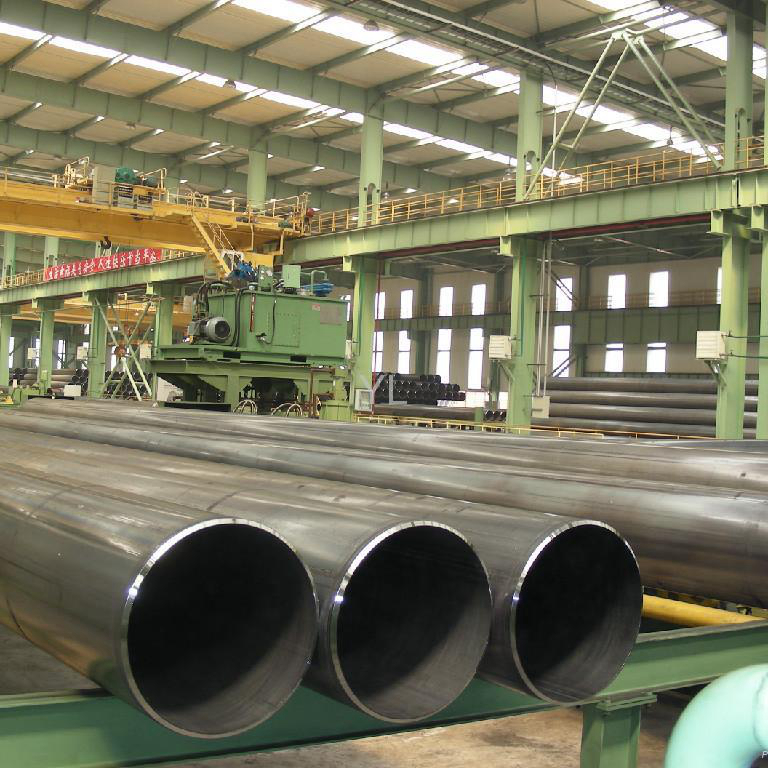1 月 . 25, 2024 16:08 Back to list
Stainless steel-Magnetism and Other Properties of Stainless Steel
Magnetism and Other Properties of Stainless Steel
Gregg V. Summers, P.E.
Director of Product Development
Ever wondered if stainless steel can be magnetic? Curious
about the various grades and properties of stainless steel?
Below are answers to commonly asked questions regarding
the magnetism, corrosion resistance and heat-treatment of
stainless steel.
Can stainless steel be magnetic?
Yes to varying degrees. The magnetism of stainless steel is
affected by its alloying elements, atomic grain structure, and
the amount of cold-working during fabrication.
What are 18-8, 300-Series and 400-Series
stainless steels?
The American Iron and Steel Institute (AISI) has created
widely accepted grades for stainless steels. These grades
are identified by series numbers 100 through 600 where
each series is organized by alloy and grain structure
properties.
Most common to the electronics fastener industry are
300-series and 400-series stainless steels. The 300-series
steels have an “austenitic” metallic grain structure while
400-series have “ferritic” or “martensitic” structures.
Among other alloying elements, several 300-series stainless
steels contain approximately 18% chromium and 8% nickel.
Thus “18-8” is a loose characterization of stainless steel
grades 302-305, 316, 321 and 347. Even more general is
the acronym “CRES” which typifies any corrosion-resistant
steel.
What grades of stainless steel are magnetic?
One of the alloying metals, chromium, causes stainless steel
to have a magnetic grain structure. Another of the possible
alloying elements, nickel, reduces or inhibits magnetic properties. The 300-series stainless steels have varying degrees
of nickel making them mostly non-magnetic. Devoid of
nickel and with a grain structure similar to carbon steel, the
400-series stainless steels are slightly magnetic.
What causes non-magnetic grades of stainless
steel to become magnetic?
In their basic forms stainless steels have a ferritic grain
structure, similar to carbon steel, and are magnetic. The
addition of nickel in the 300-series stainless steels modifies
the crystal grain structure to austenitic. The austenitic
grades are mostly non-magnetic in the unworked state due
to their nickel content. When 300-series stainless steels are
cold-worked, straining of the atomic lattice structure in the
areas of cold-working forms the magnetic grain structure
martensite.
Submerged arc welded steel pipe
Generally speaking, the higher the nickel content the more
stable the austenitic structure and less magnetic response
from cold-working. Consequently 316 stainless steel, with
higher amounts of nickel, exhibits virtually no magnetism
after cold-working in most cases. While 304, with lower
nickel content, may become mildly magnetic.
Are there any means of reducing or eliminating
the magnetic properties of stainless steel?
Austenitic (300-series) stainless steels that have become
magnetic due to work hardening can be returned to a nonmagnetic state through annealing or stress-relieving. Brief
heating at elevated temperatures reverts the affected grain
structure from the martensitic state to the austenitic. Since
400-series stainless steels are entirely ferritic or martensitic,
their magnetic properties cannot be reduced through
annealing.
There are no plating or finishing processes, such as passivation, that can reduce or eliminate work hardening induced
magnetism. They are merely superficial and do not change
the affected grain structure
Is magnetism related to corrosion resistance?
Stainless steel, like carbon steel, can rust when exposed
to air. However, the chromium in stainless steel forms a
protective chromium oxide layer (also known as passivation)
which prevents the development of iron oxide rust. The
chromium oxide layer is so thin that it is imperceptible and
thus the metal retains its attractive finish.
The 300-series stainless steels have a higher chromium
content than the 400-series stainless steels, as well as,
nickel as an alloying element. Nickel enhances chromium’s
ability to form a passive surface layer. Consequently,
300-series stainless steels exhibit better corrosion resistance. Corrosion resistance is a function of the chromium
and nickel content and not the metallic grain structure
which causes magnetism.
Is stainless steel heat treatable?
Carbon can be added to stainless steel creating a martensitic crystal grain structure. These stainless steels, such as
410 and 416, respond well to heat-treating. Although not
heat-treatable, 301 stainless steel work hardens easily making it useful in applications requiring high tensile strength.
How do I know which stainless steel to specify
in my application?
The table below highlights the general usage and property
characteristics of stainless steels commonly used in the
electronics fastener industry
-
High Quality Mild Steel Pipe Manufacturers in China for Exporting Premium Industrial Solutions
NewsAug.01,2024
-
Exploring Key Characteristics of Wholesale API Steel Pipes for Your Business Needs
NewsAug.01,2024
-
Current Wholesale Prices for ERW Steel Pipes in the Market Right Now
NewsAug.01,2024
-
Exploring the Diverse Applications and Benefits of China Round Steel Pipes in Construction and Industry
NewsAug.01,2024
-
Top Quality API 5L ERW Steel Pipe Manufacturer Offering Reliable and Durable Solutions for Your Needs
NewsAug.01,2024
-
Reliable Supplier of Premium Quality Concrete Pipes for Durable Construction Projects
NewsAug.01,2024
